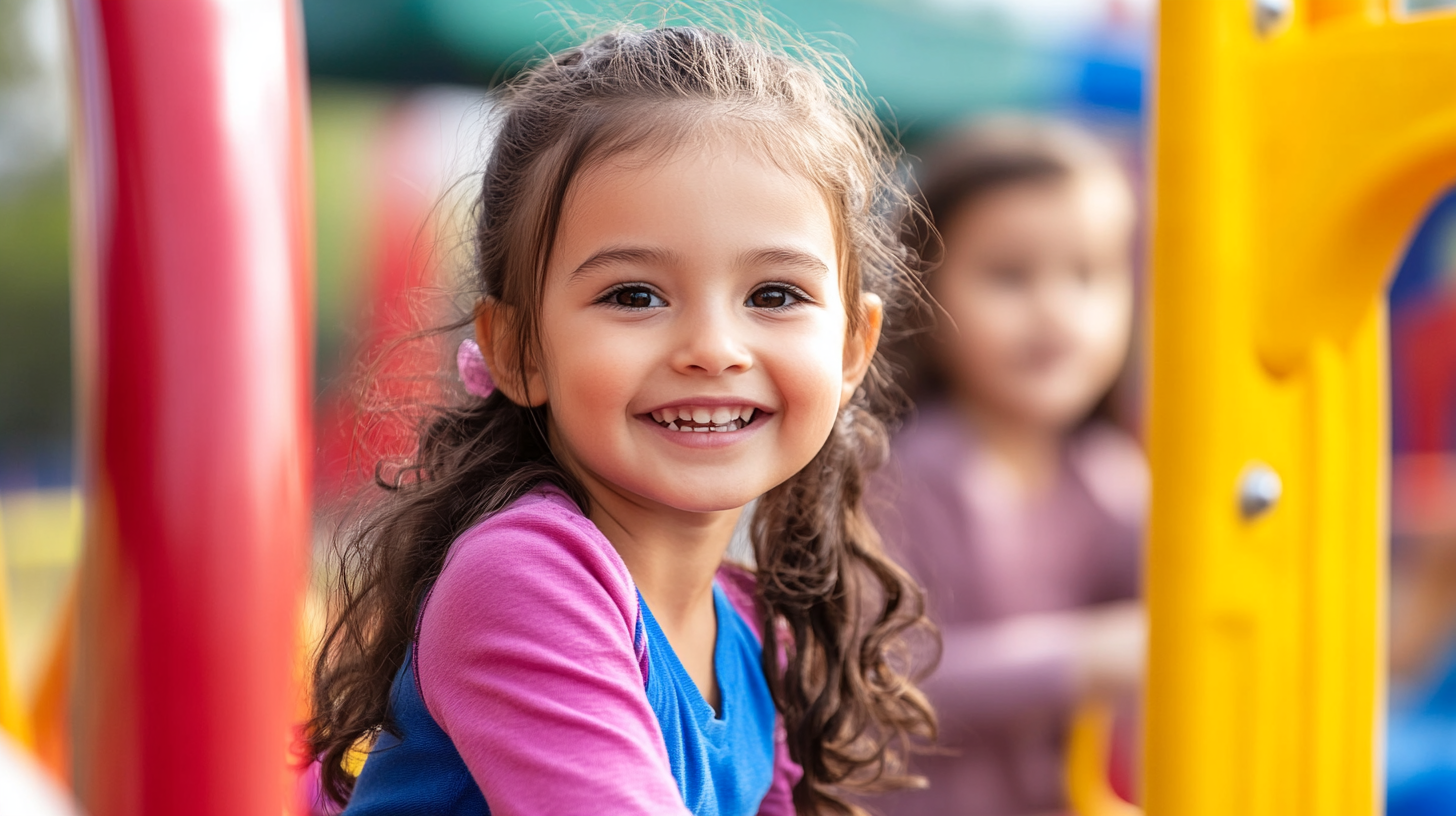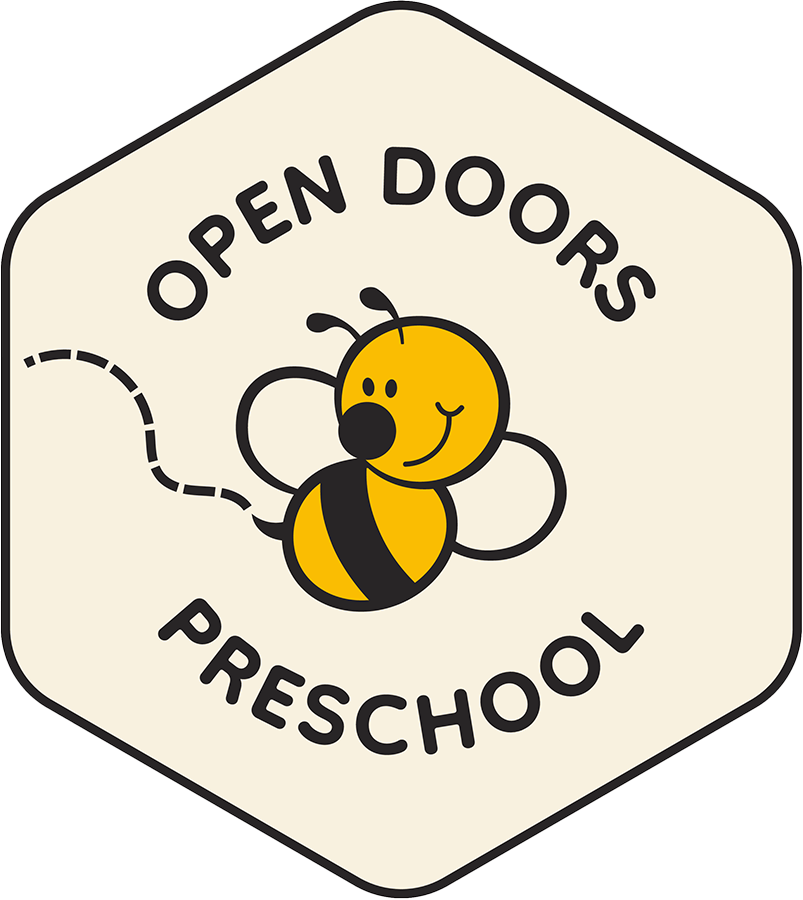Early childhood education lays the foundation for a lifetime of learning. For parents and educators alike, one of the most effective tools for fostering growth and guiding behavior is positive reinforcement. At Open Doors Preschool, we believe every child thrives best in an environment that emphasizes encouragement, empathy, and celebration of effort—not just outcomes.
In this blog, we’ll take a deep dive into how positive reinforcement transforms preschool education, why it matters in early development, and how our team at Open Doors Preschool makes it an integral part of the learning experience.
What is Positive Reinforcement?
Positive reinforcement is a behavioral strategy that involves recognizing and rewarding desirable behavior to encourage its repetition. Unlike punitive approaches that focus on what children do wrong, positive reinforcement centers on what children do right, creating a nurturing atmosphere where good choices are acknowledged and celebrated.
Common forms of positive reinforcement include:
- Verbal praise: A sincere “great job” or “I love how you helped your friend” goes a long way.
- Non-verbal gestures: High-fives, smiles, or nods of approval reinforce behavior immediately.
- Privileges and roles: Assigning a child the role of line leader or helper boosts confidence.
- Stickers and tokens: Tangible rewards can be motivating, especially when tied to specific behaviors.
What sets positive reinforcement apart is its consistency and intentionality. It’s not about bribery, it’s about building associations between behavior and positive outcomes.

Why It’s Essential in Preschool Education
Preschool-aged children are in a golden window of brain development. Their neural pathways are rapidly forming, making them especially responsive to environmental cues. When educators consistently use positive reinforcement, they help solidify behaviors and attitudes that lead to long-term success.
Benefits of positive reinforcement in preschool include:
- Boosting Self-Esteem: Children who receive positive feedback believe in their abilities and are more willing to try new things.
- Improving Classroom Behavior: Clear, consistent reinforcement of good behavior helps reduce tantrums, aggression, and defiance.
- Encouraging Social Skills: Praising sharing, cooperation, and empathy reinforces the importance of community and kindness.
- Enhancing Focus and Attention: Children are more likely to stay on task when they know their efforts will be recognized.
At Open Doors Preschool, our classrooms are designed to cultivate these benefits every day.
The Science Behind the Strategy
Positive reinforcement is rooted in the psychological principles of behaviorism, particularly the work of B.F. Skinner. Skinner found that behaviors followed by rewarding consequences are more likely to be repeated. In the context of preschool education, this means behaviors like using polite words, participating in group activities, or cleaning up toys can become habits when met with approval or praise.
Neurologically, when a child is praised or rewarded, the brain releases dopamine, a neurotransmitter associated with pleasure and motivation. This natural chemical reaction helps cement learning and promotes a sense of joy in doing well.
How Open Doors Preschool Implements Positive Reinforcement
At Open Doors Preschool, we’ve created an ecosystem of support that allows each child to thrive. Here’s how we make positive reinforcement part of everyday learning:
1. Routine Praise
Teachers are trained to catch children doing the right thing and acknowledge it immediately. Whether it’s raising a hand before speaking or helping a friend, small actions are celebrated with enthusiasm.
2. Behavior Modeling
We demonstrate the behaviors we want children to adopt. Educators model sharing, listening, and empathy, followed by reinforcement when children mimic those actions.
3. Classroom Systems
From sticker charts to “kindness jars,” we use visual and interactive systems that make reinforcement fun and easy to understand.
4. Individualized Rewards
Not all children are motivated by the same things. Our staff gets to know each child personally, ensuring rewards are meaningful and motivating.
5. Positive Language
We replace “don’t do that” with “let’s try this instead” to guide behavior without creating fear or shame.
Addressing Misconceptions: It’s Not Just “Giving In”
Some critics misunderstand positive reinforcement as permissiveness or spoiling. In truth, it’s a highly structured and strategic approach. Unlike bribery, which is reactive and often done out of desperation, positive reinforcement is planned, purposeful, and consistent. It’s about teaching and strengthening behavior, not buying compliance.
For example, instead of offering candy to stop a tantrum, we might praise a child for using words to express frustration before a meltdown happens. The difference lies in intention and timing.

Long-Term Benefits: Preparing for Kindergarten and Beyond
The influence of positive reinforcement extends well beyond preschool. Children who are consistently supported in this way often:
- Enter kindergarten with confidence and curiosity.
- Exhibit higher levels of emotional regulation and problem-solving.
- Build strong interpersonal skills and empathy.
- Maintain a positive attitude toward learning and school.
At Open Doors Preschool, we aren’t just preparing children for the next grade, we’re preparing them for life.
What Parents Can Do at Home
Reinforcement works best when it’s consistent across environments. Here are some simple ways parents can use positive reinforcement at home:
- Acknowledge the good: Instead of only reacting to misbehavior, look for moments to praise positive choices.
- Be specific: “I love how you put your shoes away without being asked” is more effective than just “Good job.”
- Use non-material rewards: Quality time, hugs, or extra bedtime stories are powerful reinforcers.
- Create routines: Children feel safe and succeed more easily when expectations and rewards are predictable.
When families and preschools align in their approach, children receive a clear, unified message about what behavior is valued.
Why Choose Open Doors Preschool?
Positive reinforcement is more than a classroom tool at Open Doors Preschool, it’s the foundation of our educational philosophy. Our commitment to fostering a compassionate, structured, and supportive environment sets us apart from traditional early education settings.
We invite you to become part of a community that believes in celebrating effort, nurturing growth, and encouraging every child to shine.
Take the First Step Toward a Brighter Future
If you’re ready to give your child a preschool experience filled with joy, respect, and developmental support, Open Doors Preschool is here to welcome you.
👉 Contact us today to schedule a tour or learn more about our programs. Let’s open the door to your child’s potential, together.

